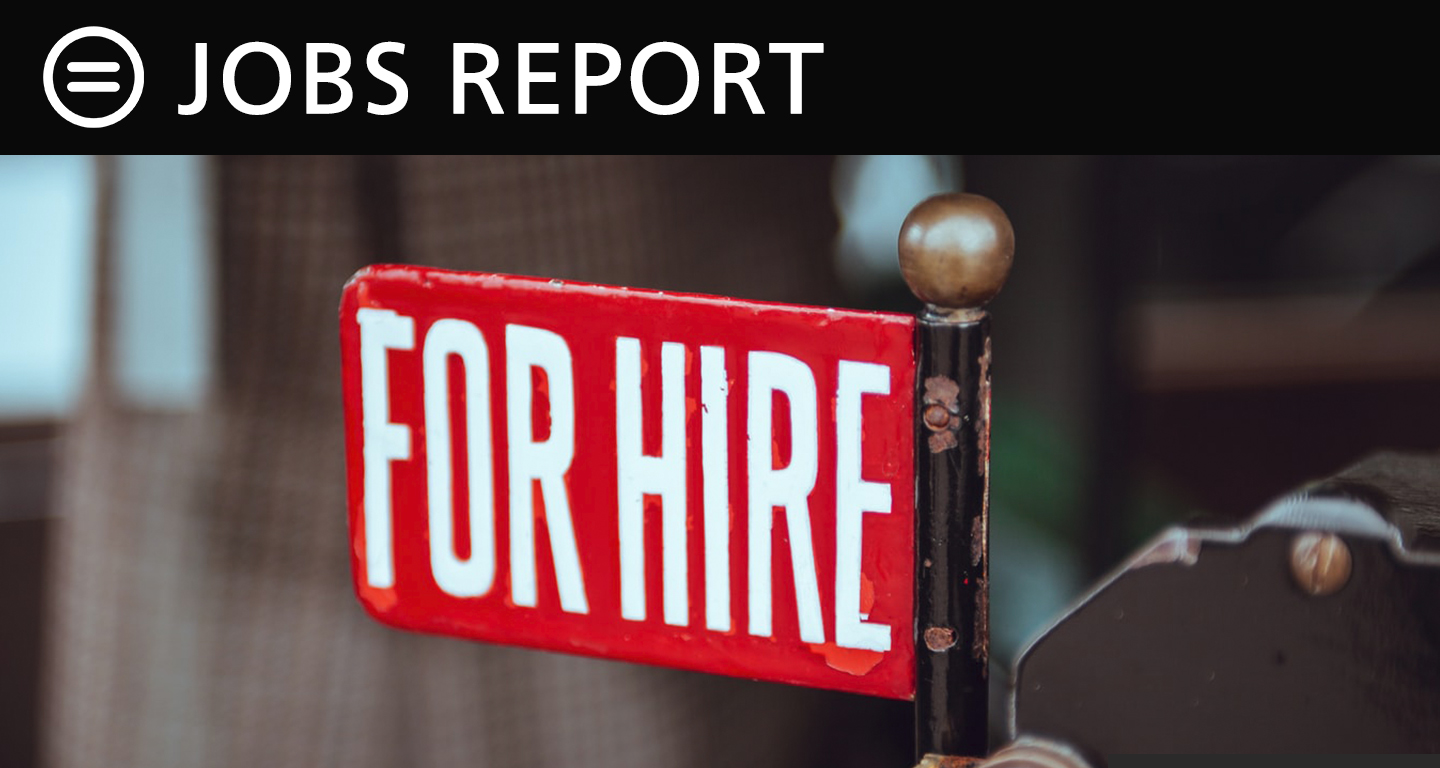July Jobs Report: The Economy is Treading Water and There's a Hole in the Boat

By Dr. Bernard E. Anderson
Professor Emeritus, the Wharton School, University of Pennsylvania and
Chairman of the National Urban League Economic Advisory Council.
July’s jobs report indicated that the pace of the recovery has slowed and is in danger of being reversed without swift federal action.
With 1.8 million jobs added last month, the pace of hiring has drastically slowed from June, when employers added a record 4.8 million jobs.
The job gains over the last three months were fueled by the federal stimulus payments and supplemental unemployment insurance that have now come to an end – and we’re not even halfway back to where we were in February.
In March, COVID-19 threw the U.S. economy into a tailspin.
Efforts to contain the spread of the virus plunged the GDP dramatically in March and April. The unemployment rate surged to 14.6% as millions of workers lost their jobs. The leisure/hospitality industry took the heaviest hit, but reduced consumer spending generated production cuts in a number of other industries. The cutback in economic activity reduced state and local government revenue, generating employment cuts in that industry.
The steady rise in unemployment was unyielding. More than one million new claims for unemployment were filed in each of the last 20 weeks. There was a modest rebound in economic activity in May as businesses gradually reopened throughout the country. About a million workers were recalled from furlough, but the U R remained at 13.4 %, an historic high.
The federal government acted quickly to contain the economic collapse. In March, Congress passed the CARES Act, a $4.1 trillion stimulus plan designed to sustain household income and ease the impact of businesses. The Act included a $600 weekly federal unemployment supplement to unemployment compensation benefits paid by the states. Another large component of the Act was the Paycheck Protection Program, a forgivable grant program designed to reduce layoffs.
There is uncertainty about the likely duration of the economic downturn, and the best path forward. But the sine qua non for progress is development of a vaccine that will contain the spread of the virus. Early reopenings were reversed when infections and deaths spiked upward in some areas. Twice as many states experienced upward spikes in the last two weeks as the number of states that reported stability or a decline in those measures.
Consumer spending, economic growth, and job gains will all falter without additional federal stimulus support. The employment gains reported for July won’t be sustained without additional federal assistance.
Congress is at loggerheads over the size and type of additional stimulus.
House and Senate Democrats want to renew the $ 600 weekly federal unemployment compensation supplement that expired on July 31. Republicans want to cut the supplement by $400, claiming that the supplement provides more income than workers received on their jobs, giving them a disincentive to return to work.
That is arrant, patent nonsense. First, the number of weekly unemployment compensation applications exceeds by several times the number of workers laid off. It’s not a matter of the unemployed refusing to return to work, the reality is that there are far more unemployed than job openings. Then too, cutting the $600 supplement will reduce household income, thereby reducing consumer spending, increasing housing evictions, and increasing the demand for state welfare assistance.
Because of widespread unemployment, GDP declined 30% on an annual basis in the second quarter. Without additional stimulus, the economy is likely to show little or no turnaround in the third quarter.
The additional federal assistance now being negotiated in Congress must include support for state and local government. Moody’s Analytics predicts 4 million layoffs without relief for cities and states.
Relief must include a set aside to assure that assistance reaches minority owned businesses. That was a major shortcoming of the CARES Act, as discussed in the New York Federal Reserve Bank report. ationally, 17.7% of businesses received PPP loans, but the loans did not reach some of the hardest-hit communities where Black-owned businesses are concentrated. For example, only seven percent of firms in the Bronx, 11.3% of firms in Queens, NY, and 11.6% of firms in Wayne County, MI, received these loans.
One way to assure that the funds reach the intended target is to engage the services of community development banks, and community based service organizations of demonstrated effectiveness, mainly the National Urban League.
In conclusion, the economy is treading water; there’s a hole in the boat. Additional stimulus is required to contain the damage and build a foundation for recovery once a vaccine is developed.

